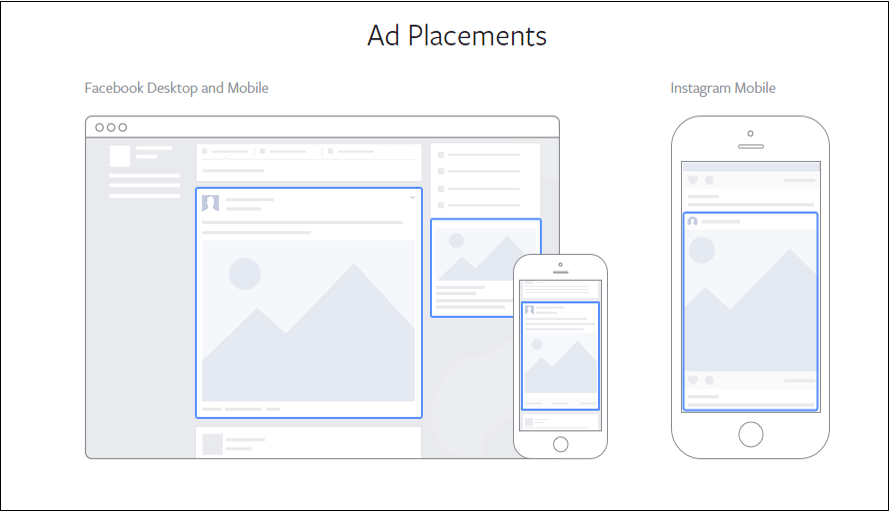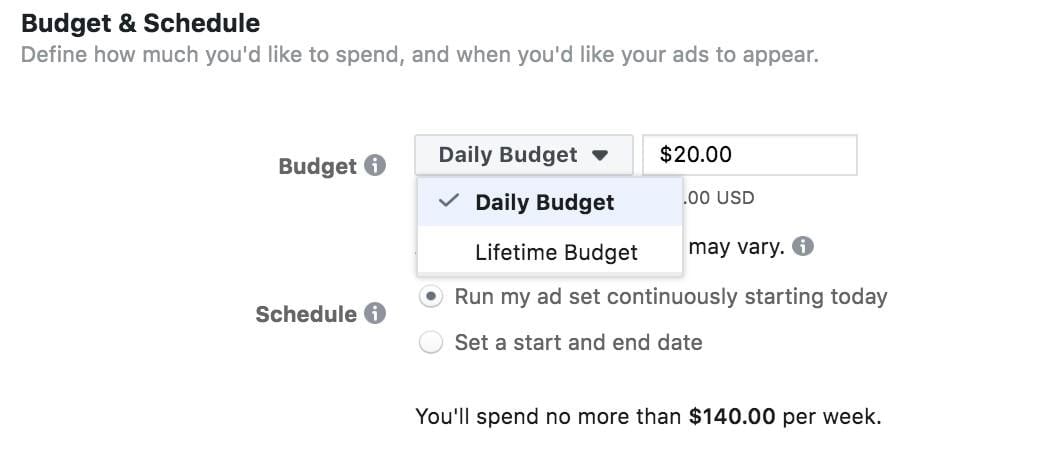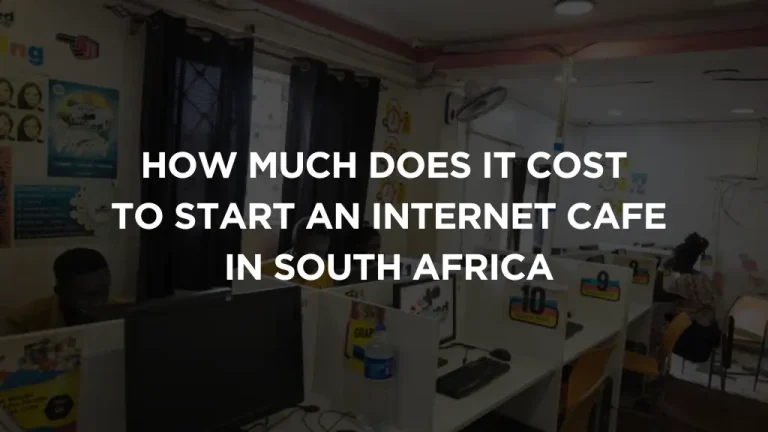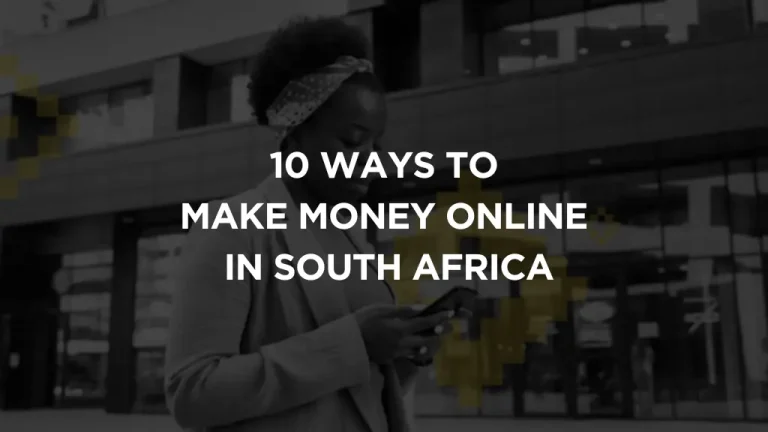How Much Does It Cost To Advertise On Facebook In South Africa: A Comprehensive Guide
Facebook is one of the largest social media platforms in the world, with over 2.7 billion monthly active users as of 2021. It is no surprise that businesses have turned to Facebook to advertise their products and services.
However, the cost of advertising on Facebook can vary depending on several factors, including the location of the business. In this article, we will explore how much it costs to advertise on Facebook in South Africa.
According to smarterniche.com, businesses can start advertising on Facebook in South Africa for as little as R15.38 per day, excluding VAT.
This budget allows businesses to reach between 542 and 1600 people, with an expected 17 to 48 clicks to their website. It is important to note that these numbers can vary depending on the competition for ad space and the industry in which the business operates.
Facebook states that businesses can choose how many people see their ads, how often, and even the order in which they see them. The cost of advertising on Facebook is determined by the bidding system, where businesses bid for ad space based on their budget and the number of people they want to reach. This means that businesses can set their own budget and have control over their ad spend.
Understanding Facebook Advertising Costs
Facebook advertising costs in South Africa can vary depending on several factors. Understanding these factors will help businesses create an effective advertising campaign that fits their budget.
Factors Influencing Ad Costs

The cost of advertising on Facebook is influenced by several factors, including the target audience, ad placement, ad format, and bidding strategy.
- Target audience: The cost of advertising on Facebook is directly proportional to the size and specificity of the target audience. Targeting a larger audience will cost more compared to targeting a smaller audience.
- Ad placement: The cost of advertising on Facebook varies depending on where the ad is placed. Ads that appear on the newsfeed are generally more expensive than ads that appear in the right column.
- Ad format: The cost of advertising on Facebook also depends on the ad format. Video ads are generally more expensive than image ads.
- Bidding strategy: The cost of advertising on Facebook is also influenced by the bidding strategy. Businesses can choose between automatic bidding and manual bidding. Automatic bidding allows Facebook to set the bid amount based on the budget, while manual bidding allows businesses to set their own bid amount.
Average Advertising Rates in South Africa
According to Smarter Niche, businesses can start advertising on Facebook in South Africa from as little as R15.38 per day (excluding VAT). This budget can reach between 542 and 1600 people, with an expected 17 to 48 clicks to the website.
However, the average cost of advertising on Facebook in South Africa can vary depending on the industry. According to Shopify, the average cost of Facebook advertising ranges between 94¢ per click (CPC) and $12.07 per 1,000 impressions. Campaigns focused on getting page likes or app downloads can expect to pay $1.07 per like and $5.47 per download.
Businesses should keep these factors in mind when creating a Facebook advertising campaign to ensure they get the most out of their budget.
Creating a Facebook Ad Budget

When it comes to advertising on Facebook in South Africa, creating a budget is an essential first step. This section will provide guidance on setting budget expectations and cost control strategies.
Setting Budget Expectations
The cost of advertising on Facebook in South Africa can vary depending on a variety of factors, including the target audience, ad placement, and bidding strategy. However, as per Smarter Niche, advertisers can start with a budget as low as R15.38 per day, excluding VAT. This budget can get the ad seen by between 542 and 1600 people and attract between 17 and 48 clicks to the website.
It’s important to note that while this budget is a good starting point, it may not be enough to achieve the desired results. Advertisers should consider increasing their budget based on their goals and target audience. For example, if the goal is to reach a larger audience, a higher budget may be necessary.
Cost Control Strategies
To make the most of their budget, advertisers can utilize cost control strategies. One such strategy is to define the target audience as precisely as possible. This will help ensure that the ad is only shown to people who are likely to be interested in the product or service being advertised. As a result, the ad will be more effective, and the budget will be used more efficiently.
Another cost control strategy is to test different ad formats and placements. By testing different formats and placements, advertisers can identify which ones are most effective and allocate their budget accordingly. For example, if a video ad performs better than an image ad, the advertiser can allocate more of their budget to video ads.
In summary, creating a Facebook ad budget is an essential first step to advertising on the platform. Advertisers should set realistic budget expectations and utilize cost control strategies to make the most of their budget.
Analyzing Ad Performance
Metrics for Success

When it comes to analyzing the performance of Facebook ads, there are a few key metrics to keep in mind. These metrics can help advertisers determine whether their ads are meeting their goals and achieving a good return on investment (ROI).
- Click-Through Rate (CTR): This measures the percentage of people who clicked on an ad after seeing it. A higher CTR typically indicates that an ad is resonating well with its target audience.
- Cost per Click (CPC): This measures the average cost of each click on an ad. A lower CPC is generally better, as it means advertisers are paying less for each click.
- Conversion Rate: This measures the percentage of people who took a desired action after clicking on an ad, such as making a purchase or filling out a form. A higher conversion rate indicates that an ad is effectively driving conversions.
- Cost per Conversion: This measures the average cost of each conversion. A lower cost per conversion is generally better, as it means advertisers are paying less for each desired action.
Adjusting Campaigns for Better ROI
Once an advertiser has analyzed the performance of their Facebook ads using the above metrics, they can make adjustments to their campaigns to improve ROI. Here are a few tips:
- Targeting: Advertisers can adjust their targeting to ensure their ads are reaching the right audience. This can include targeting based on demographics, interests, behaviors, and more.
- Ad Creative: Advertisers can experiment with different ad creative, such as images, videos, and copy, to see what resonates best with their target audience.
- Ad Placement: Advertisers can adjust their ad placement to ensure their ads are appearing in the most effective locations, such as in the Facebook News Feed or on Instagram.
- Bidding: Advertisers can adjust their bidding strategy to ensure they are getting the best possible ROI. This can include bidding higher for placements that are driving conversions and lowering bids for underperforming placements.
By carefully analyzing the performance of their Facebook ads and making adjustments as needed, advertisers can achieve better ROI and drive more conversions.






